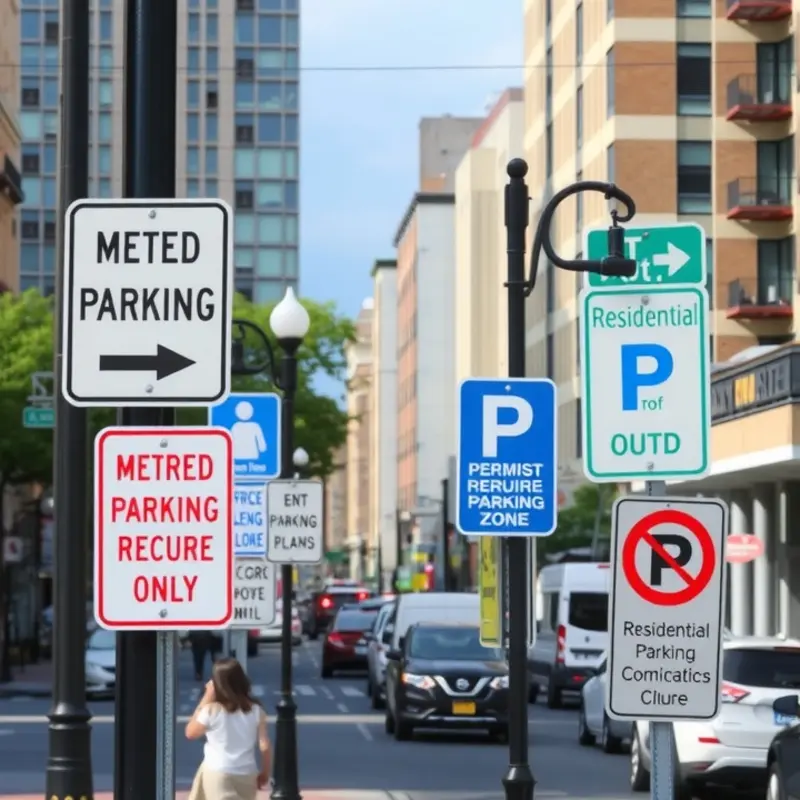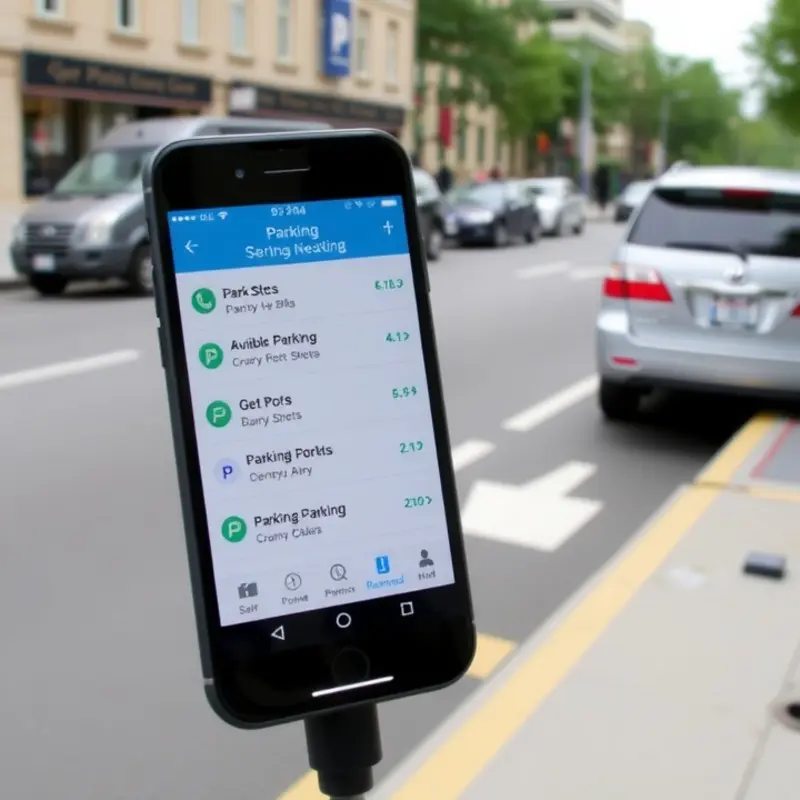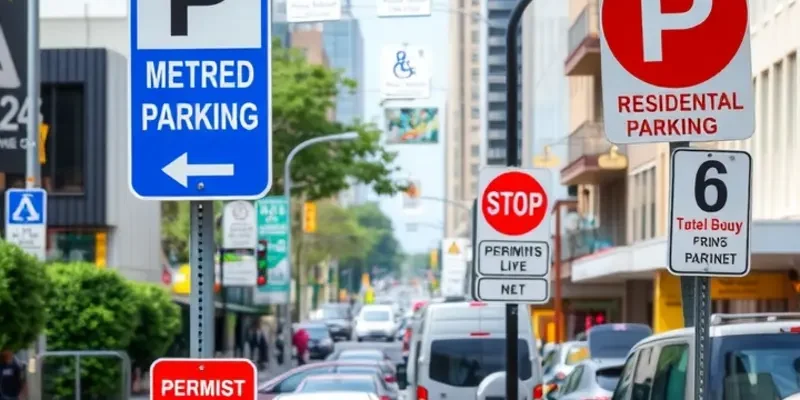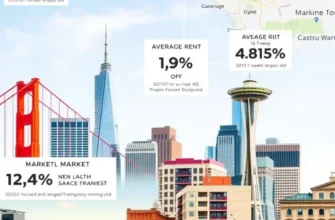Relocating to a new city can be both exciting and daunting, especially when it comes to navigating the local rental market. One often overlooked aspect of renting is understanding the parking landscape that accompanies your new home. Whether you’re a young professional, a student, a couple starting a family, or a mobile professional working across various locations, having the right parking resources can make your relocation smoother. From discovering parking availability and regulations to exploring tools for managing your parking needs, this guide offers a closer look at the nuances of urban parking tailored for renters like you. With practical tips and city-specific insights, you’ll be well-equipped to tackle parking challenges and enjoy your new life in the city.
Understanding Local Parking Regulations

Navigating the labyrinthine world of urban parking requires understanding the nuanced regulations that vary significantly between cities. In places like San Francisco, New York City, and Chicago, local governments often impose stringent rules to manage the dense urban environment. Knowing the ins and outs of these regulations can help you avoid costly fines and allocate your parking budget effectively.
One of the first aspects to consider is street parking. In many cities, street parking is subject to time limits, permit requirements, or both. San Francisco, for example, uses a color-coded curb system. The curb color indicates whether parking is allowed, and if so, for how long. Pay close attention to posted signs as well, which may restrict parking during street cleaning hours.
New York City is notorious for its complex alternate-side parking rules. These dictate which sides of the street are available for parking on specific days and times. While this helps facilitate street cleaning, it can be inconvenient. The key is to pay close attention to signs and use online alerts to keep track of rule changes.
Next, permit parking is another common regulation. In neighborhoods where street parking is particularly competitive, cities often issue resident parking permits. These permits grant longer or indefinite parking time limits to local residents. In Washington D.C., for instance, you can apply for a Residential Parking Permit (RPP) that allows you to park in designated zones. When moving to a new area, contacting local authorities for permit requirements can save you both time and stress.
Private parking options provide another avenue for reliable parking. In cities where street parking is scarce, private parking garages or lots offer an alternative. Monthly or annual contracts are typical and provide a stable parking spot amidst the urban chaos. These options can be expensive, but sharing parking costs with a neighbor or a building occupant can reduce the financial burden.
Moreover, consider hybrid approaches where you use a mix of street and private parking depending on your daily needs. For instance, some apartment complexes offer limited guest parking, which can be utilized for short, irregular visits. Check with your property manager for any lesser-known parking options that can help balance convenience and cost.
Finally, staying compliant requires vigilance. Some cities, such as Chicago, enforce parking rules rigorously, using camera-equipped cars to catch offenders quickly. Investing in a good parking app, which tracks local rules and updates, can provide real-time notifications to keep you informed.
For those looking at financial implications beyond parking, applications like renter credit improvement tips provide insights on maintaining your financial health while optimizing your urban lifestyle. You can read more about these strategies here.
By leveraging various parking options and understanding local regulations, you can secure your car’s home away from home without breaking the bank. With a bit of research and savvy planning, you’ll be navigating urban parking challenges with ease.
Smart Parking Solutions and Technology

With urban living becoming increasingly interconnected, technology plays a pivotal role in making parking more manageable for renters. Various smart parking solutions harness technology to offer efficiency and convenience to city dwellers desperate for a simple parking solution. From apps that provide real-time data on parking availability to digital systems that help you navigate back to your car, the advancements are plentiful.
One of the most remarkable shifts in parking technology is the proliferation of mobile applications that provide real-time updates on parking availability. These apps utilize data from sensors and cameras installed in parking facilities, offering their users a comprehensive view of available spaces. Such technology significantly reduces the time spent circling around streets or parking lots searching for an open spot.
Beyond finding parking space, technology also aids in guiding you back to your parked vehicle. Digital wayfinding tools, often integrated into parking apps or standalone gadgets, utilize GPS and AR (Augmented Reality) to mark the location of your car. This ensures that after a long day out, you can quickly find your parked vehicle without unnecessary hassle.
Many cities are also introducing apps that offer cashless payment options for street parking and municipal garages. This digital pivot streamlines the parking process, allowing for a seamless experience where you can reserve and pay for spaces using your mobile device. As cities adapt to this new norm, renters gain a significant advantage, saving both time and the headache of managing cash or dealing with expired parking meters.
The advent of IoT (Internet of Things) further complements the parking experience. IoT-enabled parking systems offer smarter utilization of parking spaces. For example, these systems can collect data on parking space utilization, thereby optimizing space allocation and evolving dynamically according to demand. This efficiency means better chances of finding a spot during peak times.
Local governments in major cities are investing heavily in smart parking infrastructure, but it’s wise to explore specific solutions available in your locality. For those renting in lively urban environments, it’s worth checking city-specific resources online. Researching and adapting to local technological nuances can make a world of difference.
As these technologies become more embedded in city living, they complement other strategies renters develop to enhance their urban lifestyles. If you’re interested in other urban living tips, consider exploring how to optimize small spaces using baskets for organization by reading more here.
Incorporating technology into parking needs is now more of a necessity than a luxury. Taking full advantage of these innovations can not only alleviate the stress that often comes with urban parking but also enrich the overall experience of renting in a bustling city. Embrace these smart solutions and navigate your urban environment with confidence and ease.
Final words
Understanding parking options is key when relocating to a new city. By familiarizing yourself with local regulations, utilizing technology, and proactively seeking out available resources, you can alleviate some common stresses associated with urban living. Remember, every city has its own quirks and nuances, so don’t hesitate to tap into local knowledge and community resources. As you settle into your new home, take the time to explore parking options that best fit your lifestyle, ensuring your transition is as smooth as possible.









